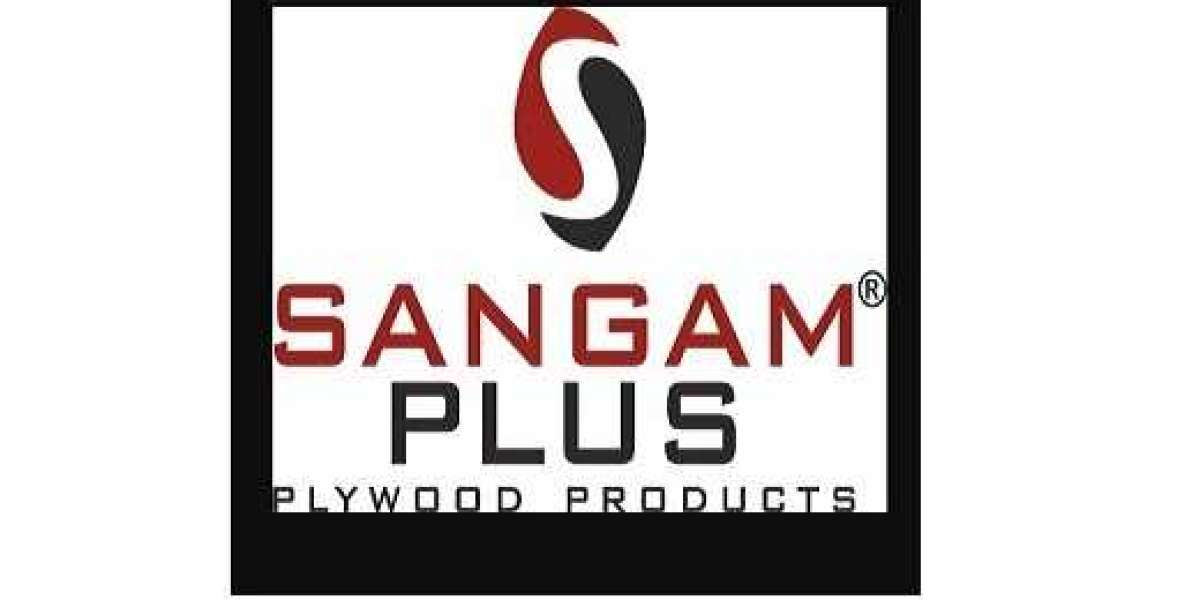The Basics of Wavelength Penetration
Wavelength penetration, also known as wavelength absorption, is a crucial concept in various industries where the interaction of electromagnetic waves with different materials plays a significant role. Understanding how wavelengths penetrate different substances is essential for optimizing processes and achieving desired outcomes.
Applications in Medicine
In the field of medicine, understanding wavelength penetration is vital for technologies such as laser therapy and medical imaging. For instance, in laser therapy, specific wavelengths are used to target tissues at different depths within the body. By selecting the appropriate wavelength, medical professionals can ensure that the energy is absorbed by the intended tissue, leading to more effective treatment.
Industrial Applications
Industries such as manufacturing and materials processing rely on wavelength penetration for various applications. For example, in laser welding, the choice of wavelength determines how deeply the laser beam can penetrate the material being welded. By adjusting the wavelength, manufacturers can control the depth of the weld and ensure strong, reliable joints.
Environmental Monitoring and Remote Sensing
Understanding wavelength penetration is also crucial in environmental monitoring and remote sensing applications. Different wavelengths interact with the Earth's atmosphere and surface in unique ways, allowing scientists to gather valuable information about the environment. For example, certain wavelengths are better suited for detecting specific pollutants or monitoring changes in vegetation cover.
Future Trends in Wavelength Penetration
As technology continues to advance, the understanding of wavelength penetration will play an increasingly important role in various industries. Researchers are exploring new ways to harness the power of different wavelengths for applications such as communication, sensing, and energy production. By pushing the boundaries of what is possible with wavelength penetration, we can unlock exciting possibilities for the future.



